N°1 de Chanel: sustainability in heritage
A new skincare and beauty collection by Chanel researches the camellia
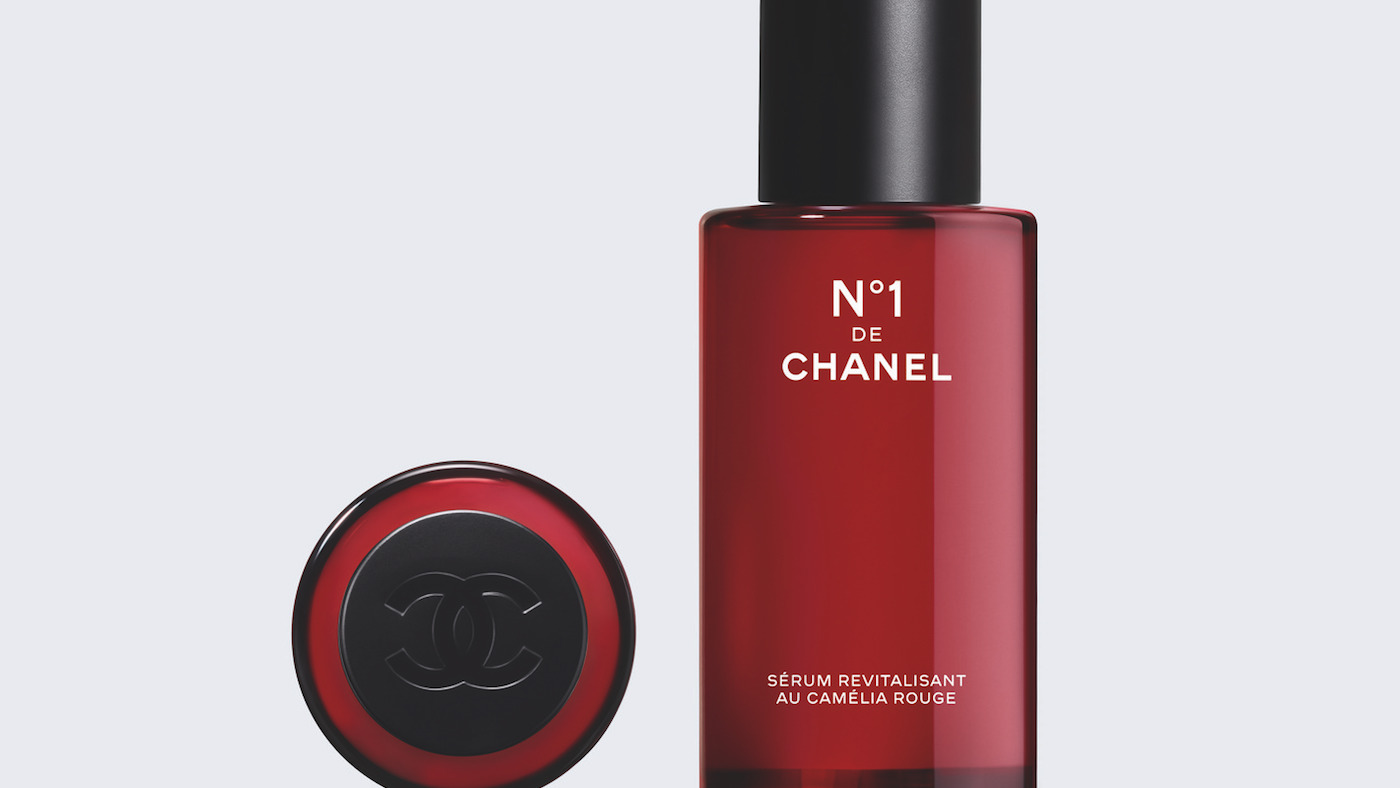
Some say that it was Alexandre Dumas who first opened Gabrielle Chanel’s eyes to the beauty of the camellia flower. “Coco” was still a teenager when she witnessed French stage actress Sarah Bernhardt’s turn as demimondaine Marguerite Gautier, the lead character in the stage adaptation of Dumas’ novel La Dame aux Camélias. Then, there were the bouquets of in-bloom camellia flowers that English polo player Captain Arthur Edward “Boy” Capel presented to Chanel during their courtship.
Unscented, camellias would have made for a visually striking token of affection: endemic to eastern and southern Asian, the plant, of which exist roughly 3,000 hybrids, features glossy evergreen leaves. Come wintertime, camellias unfold their globular buds into round, geometric blooms with petals in shades of white, pink, red or yellow.
And so, the camellia had cast its spell on mademoiselle Chanel. Soon, Coco would add the flower to her own get-ups, as a romantic finishing touch. She did so for a photograph taken in 1913, posed against the seashore and rocky white cliffs of Étretat, a town on France's northern coast.
The Week
Escape your echo chamber. Get the facts behind the news, plus analysis from multiple perspectives.

Sign up for The Week's Free Newsletters
From our morning news briefing to a weekly Good News Newsletter, get the best of The Week delivered directly to your inbox.
From our morning news briefing to a weekly Good News Newsletter, get the best of The Week delivered directly to your inbox.
A 1937 snapshot captures Chanel in conversation with artist Salvador Dalí; attached to her collar, a corsage of white camellias. Taken that same year, an image of Chanel and French creative Christian “Bebè” Bérard shows the couturière crowned with a headpiece of camellia flowers. The camellia also bloomed in the spaces Chanel furnished – as light-reflecting crystal prisms in a chandelier, or lacquer-painted onto antique Coromandel folding screens, all to be found at her private apartment on Paris’ rue Cambon – and in her creations, from clothing to accessories.
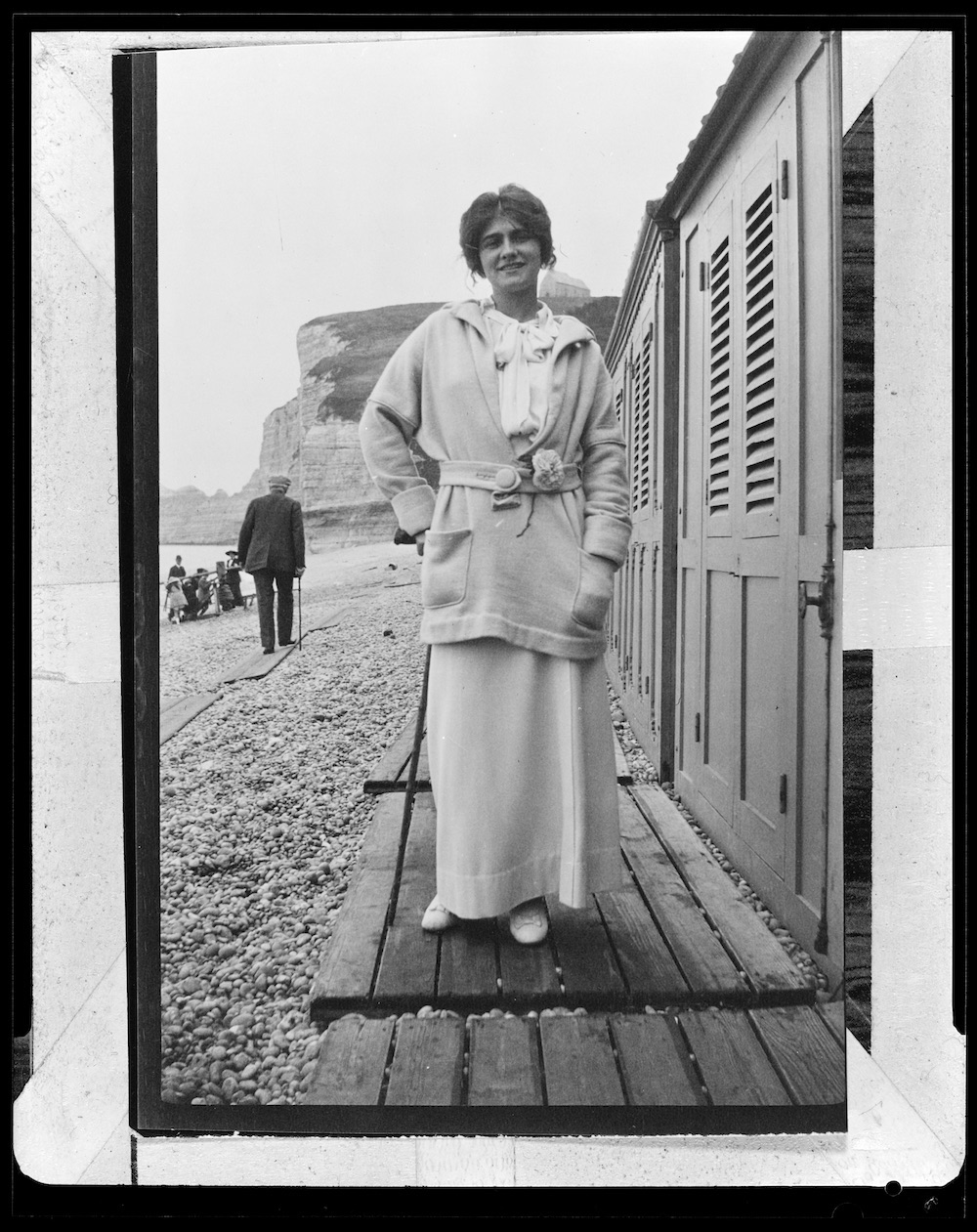
‘The camellia is always a step ahead’
At Chanel, the camellia has been an emblematic motif since. Spotted during a recent visit to Chanel’s London boutique on Old Bond Street: a pink gold Extrait de Camélia pendant necklace – the flower’s pistils expressed via one white diamond – a choice of camellia brooches fashioned from dark pink silk jacquard or white and blush dyed cotton and a black cocktail dress, its undulating waves of chiffon centred below a camellia-shaped corsage.
“I would say its history,” Marc Jeanson answered via email when I asked him what makes the camellia such an extraordinary plant. A botanist and agronomist (the science of soil management and crop production), Jeanson holds a PhD from the New York Botanical Garden. In the past, he has overseen the French National Museum of Natural History in Paris; today, he acts as botanical director of the Majorelle Garden in Marrakech, Morocco.
And while Jeanson touches on the camellia’s attractiveness – he believes that many have fallen in love with its beauty – he is also quick to detail the plant’s impressive botanical statistics. “From a biological point of view, I admire the flowering strategy of the camellia,” he said. “The camellia is always a step ahead, working permanently to produce new stems, new branches, new leaves, and, when winter comes, new flowers. Therein lies the essence of a plant that can exist and withstand time, by growing and regenerating itself perpetually. The plant that we too often perceive as passive and fragile owing to its fixedness, is in fact fabulously powerful.”
A free daily email with the biggest news stories of the day – and the best features from TheWeek.com
Surprise discoveries
It’s this power that he recently learnt more about: Jeanson formed part of the team behind N°1 de Chanel. Counting nine products, Chanel’s new blockbuster beauty line bottles the camellia’s regenerative properties.
Because at Chanel, the camellia has long inspired experimentation in skincare, too. “It is really from the observation of the exceptional winter resistance of camellia japonica flowers that we started to study its chemical and biological properties in 1998 leading to the first active ingredients used for its hydrating properties,” said Nicola Fuzzati, the business’ director of innovation and development for skincare ingredients. “Since that time, we have developed many other ingredients from the camellia plant family.”
With N°1 de Chanel, the team has zeroed in on the red camellia japonica, also christened “The Czar” in homage to its imperial beauty. The goal: to get to grips with a molecule that fights cellular senescence. A factor of the ageing process, senescence is a natural process that sees skin cells stop functioning by not dividing, entering a state of permanent growth arrest and thereby disrupting healthy cells nearby.
Much of the team’s research centred on Gaujacq, a commune in France’s southwestern Nouvelle-Aquitaine area. Known for its fertile and well-balanced soil, it is here that Chanel has set up camellia fields and a research laboratory. “Gaujacq is an impressive playground for our scientific research and it is a source of everyday surprise discoveries,” Fuzzati said. “Thanks to the botanical conservatory garden and its 2,000 varieties of camellias and cultivars, we have plants to be studied for the next hundred years!”
A first for Chanel
For now, this new collection. Listing revitalising red camellia petal extract, red camellia oil and refreshing red camellia water among its ingredients, N°1 de Chanel includes an eye cream, a lotion and a lip and cheek balm with barely-there pink tint. There are two serums: both potent, one is lightweight and of a gel-like consistency, the other a mist to be sprayed when desired. Bottled as a loose powder, a cleanser magically lathers into soft foam once combined with water. And Chanel house perfumer Olivier Polge has formulated a fragrance mist with notes of jasmine, rose and orange blossom.
N°1 de Chanel is also notable for its sustainability efforts. Cellophane wrapping and in-box booklets are out, recyclable glass jars and bottles are in. There are lids and caps made from recycled or bio-based materials, all unvarnished and unadorned. And a first for Chanel: its new Revitalising Cream is refillable. And so, at Chanel the camellia continues to inspire.
-
 5 criminally underrated cartoons about Pete Hegseth’s war crime
5 criminally underrated cartoons about Pete Hegseth’s war crimeCartoon Artists take on USS Hegseth, rats leaving the sinking ship, and more
-
 Can Mike Johnson keep his job?
Can Mike Johnson keep his job?Today's Big Question GOP women come after the House leader
-
 A postapocalyptic trip to Sin City, a peek inside Taylor Swift’s “Eras” tour, and an explicit hockey romance in December TV
A postapocalyptic trip to Sin City, a peek inside Taylor Swift’s “Eras” tour, and an explicit hockey romance in December TVthe week recommends This month’s new television releases include ‘Fallout,’ ‘Taylor Swift: The End Of An Era’ and ‘Heated Rivalry’
-
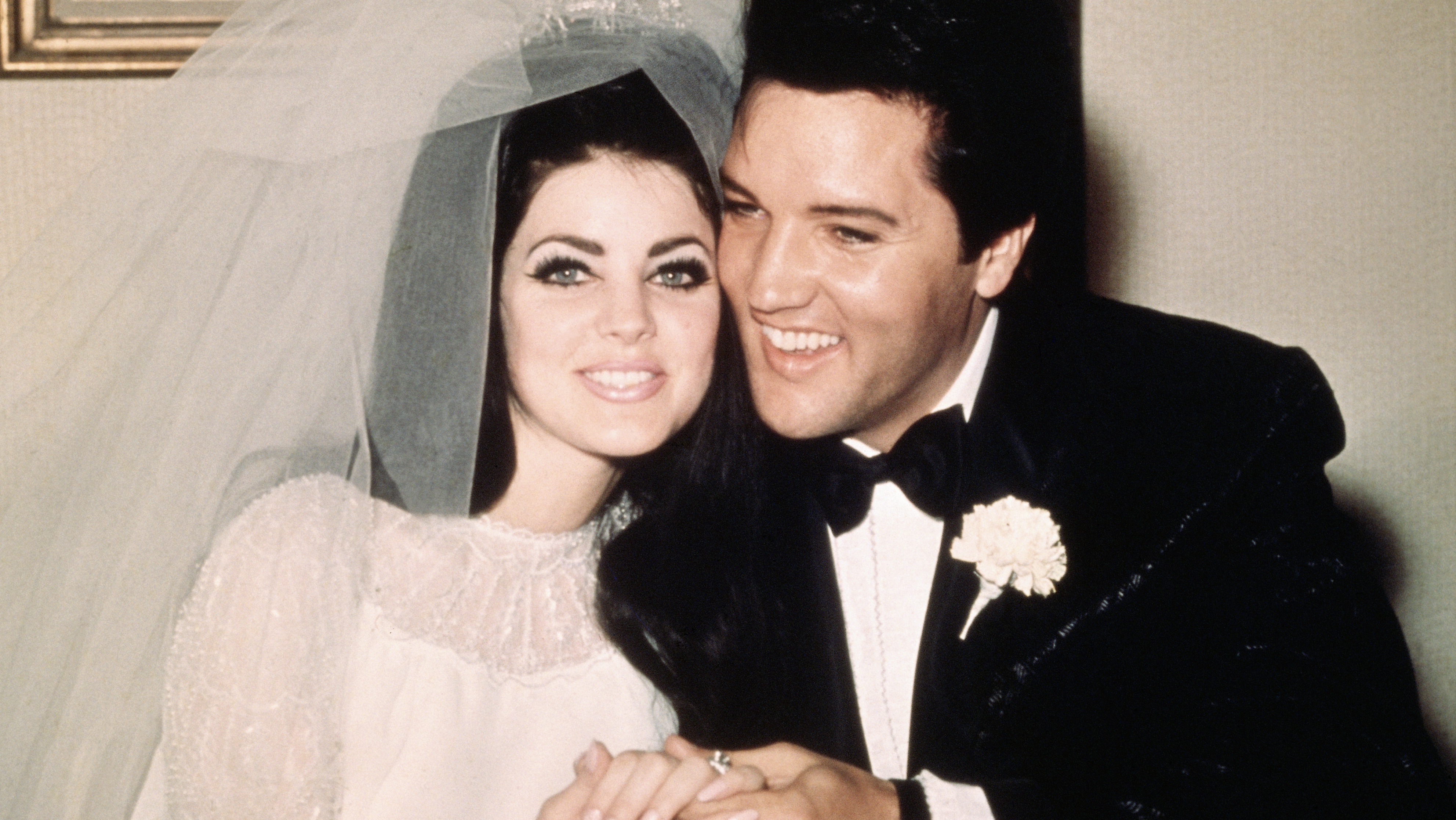 Inside the rocky marriage of Priscilla Presley and Elvis
Inside the rocky marriage of Priscilla Presley and ElvisUnder the Radar Rock and roll legend’s former wife praises Sofia Coppola’s new biopic
-
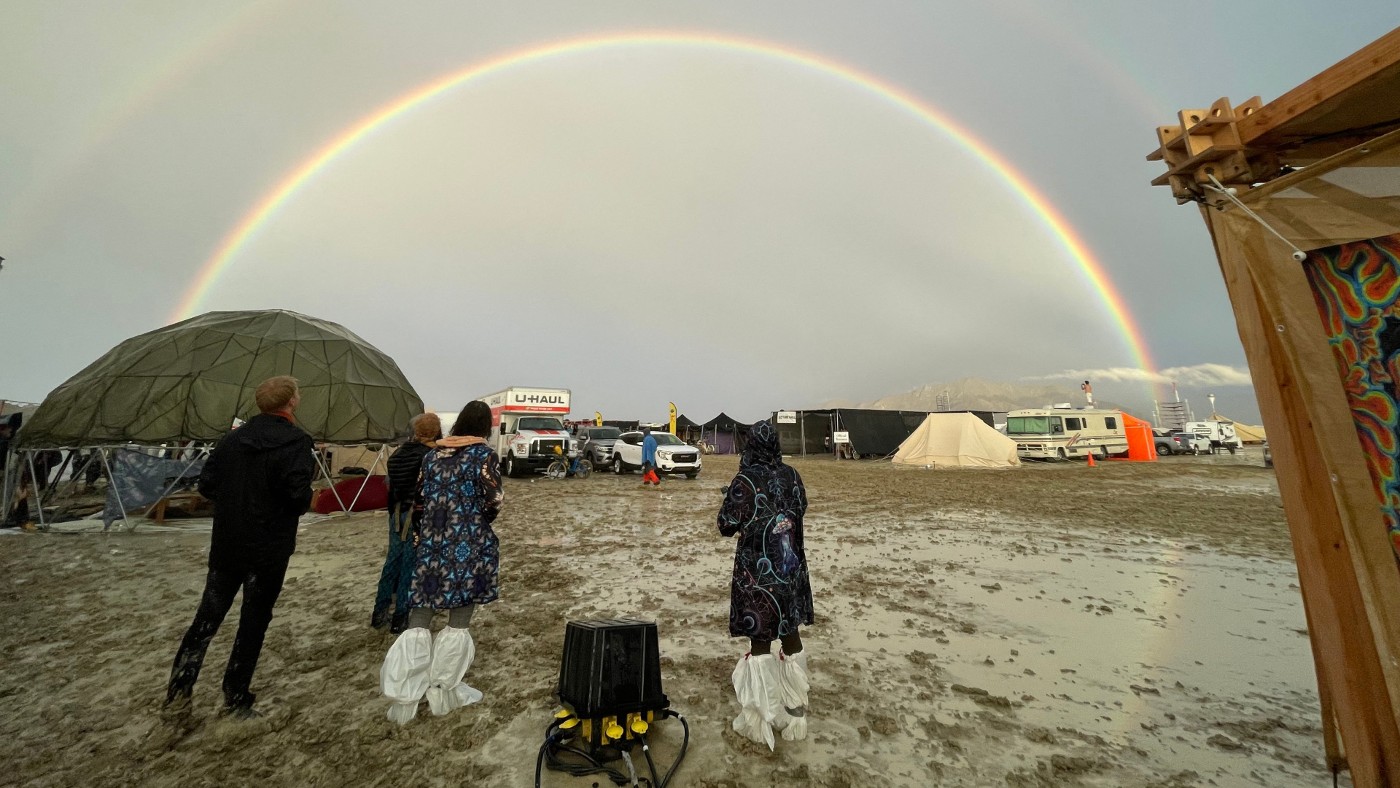 How Burning Man descended into chaos
How Burning Man descended into chaosUnder the Radar Torrential rain leaves thousands of revellers stuck at Nevada festival
-
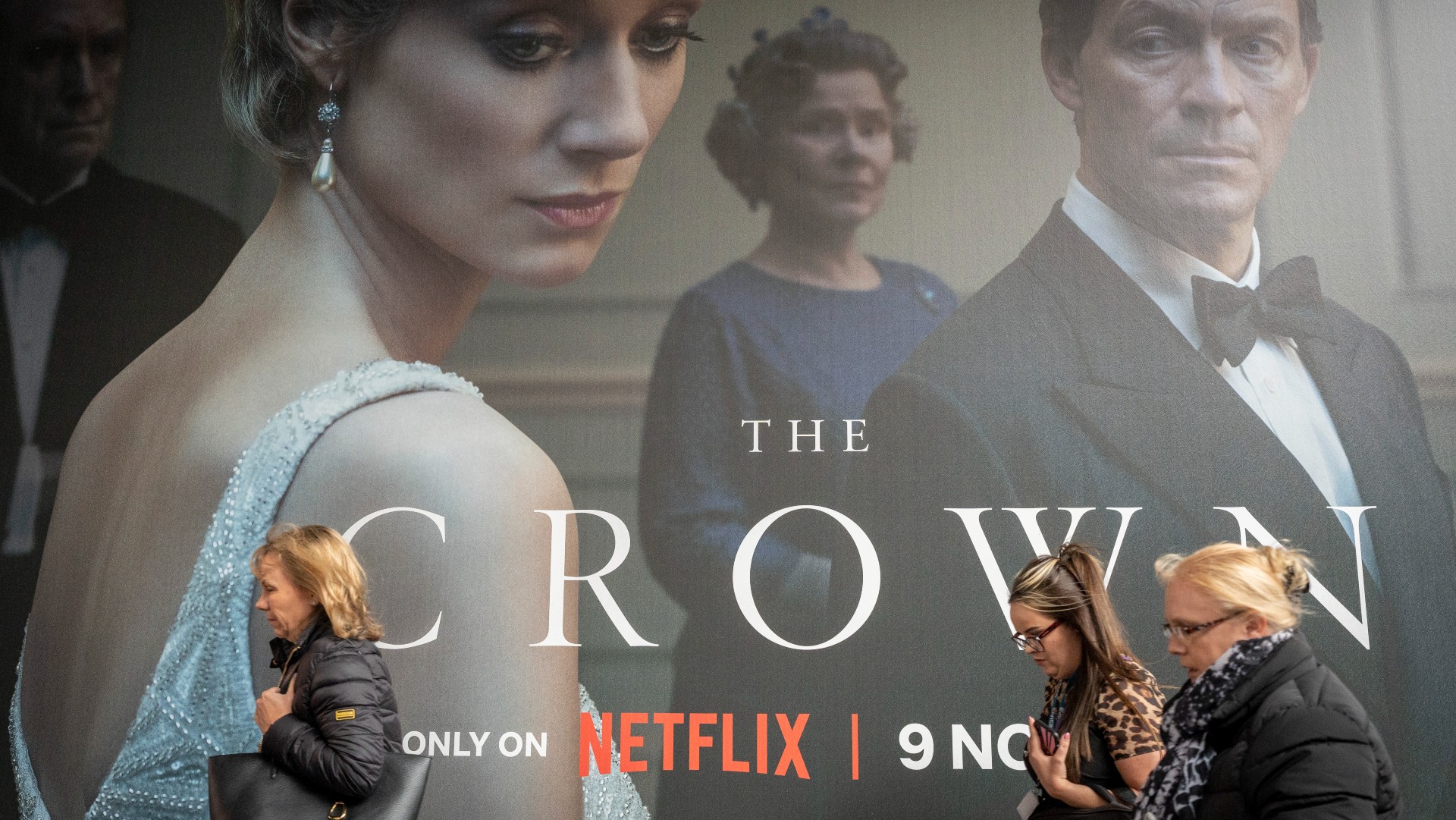 Princess Diana’s death in The Crown: how accurate is the Netflix series?
Princess Diana’s death in The Crown: how accurate is the Netflix series?Under the Radar The controversial show is returning for sixth and final season later this year
-
 Michael Parkinson: five best interviews by star presenter
Michael Parkinson: five best interviews by star presenterUnder the Radar ‘King of the chat show’ Parky has died aged 88
-
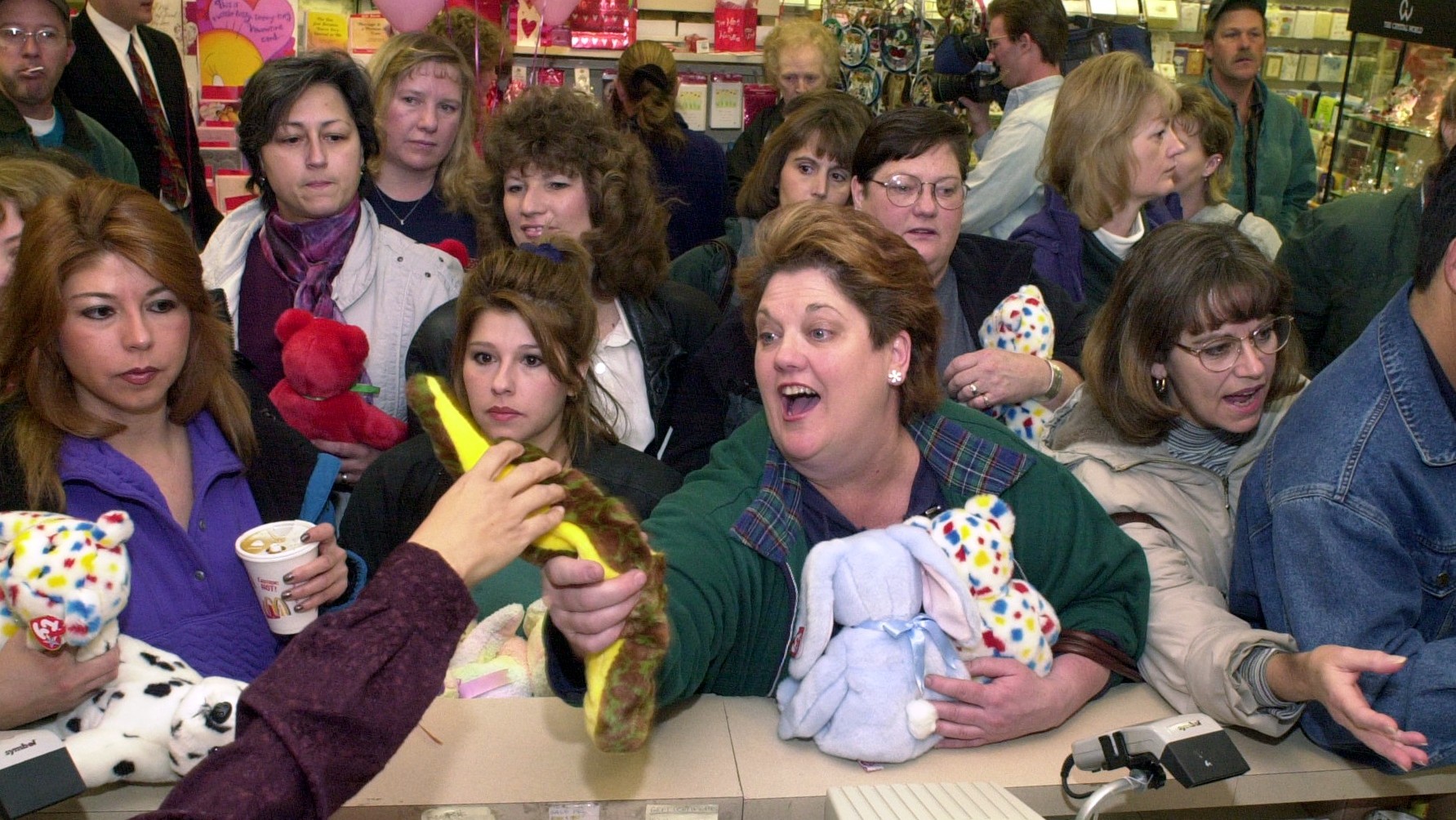 The Beanie Bubble: the true story behind fallen toy empire film
The Beanie Bubble: the true story behind fallen toy empire filmUnder the Radar New release depicts rise and fall of 1990s stuffed plushy phenomenon
-
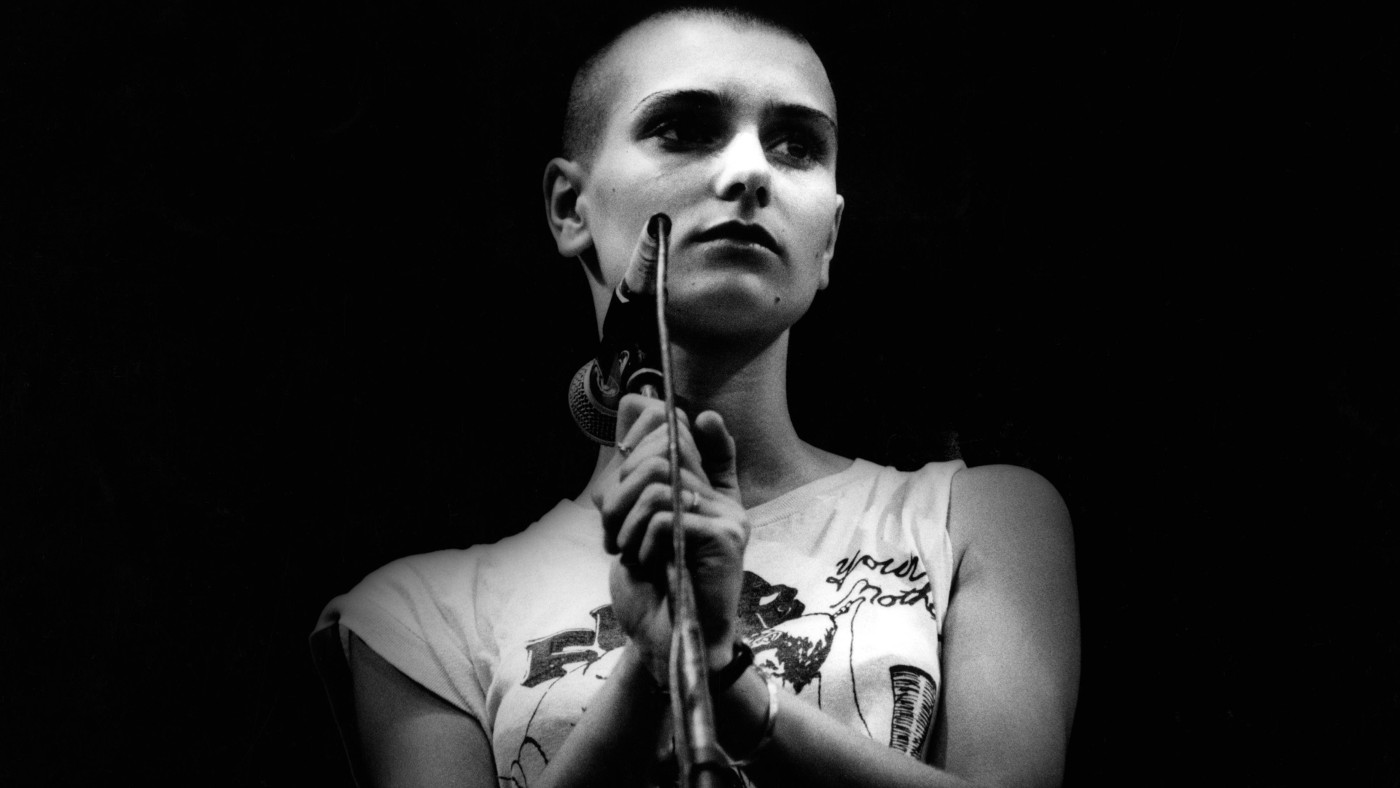 The story behind Sinéad O’Connor’s iconic Saturday Night Live performance
The story behind Sinéad O’Connor’s iconic Saturday Night Live performanceUnder the Radar Singer ‘stepped into culture-war infamy’ after tearing photograph of the Pope live on air
-
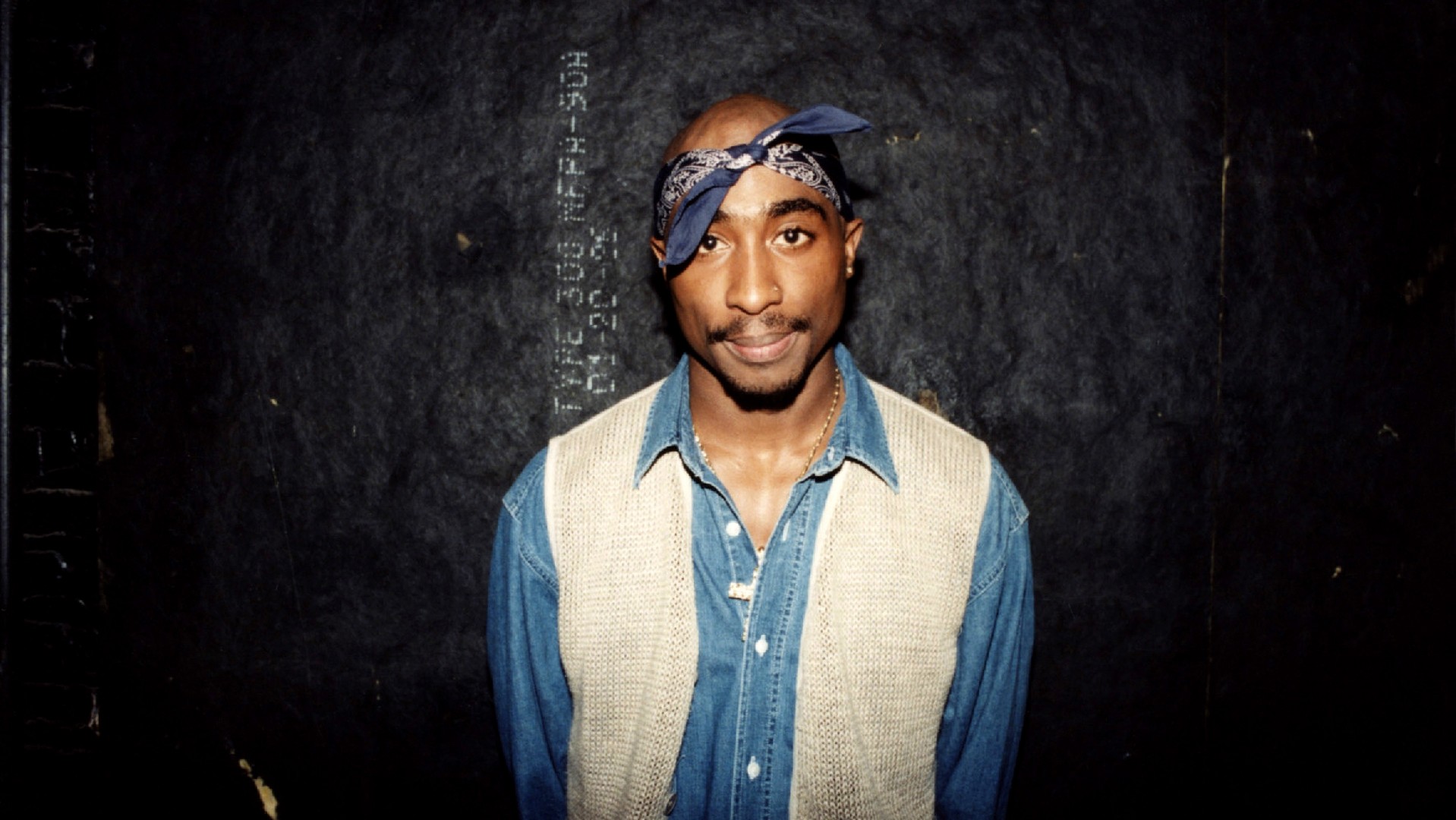 Why police have reopened the Tupac Shakur murder case
Why police have reopened the Tupac Shakur murder caseUnder the Radar House near Las Vegas is searched as police hunt killer of the famous rapper nearly 30 years on
-
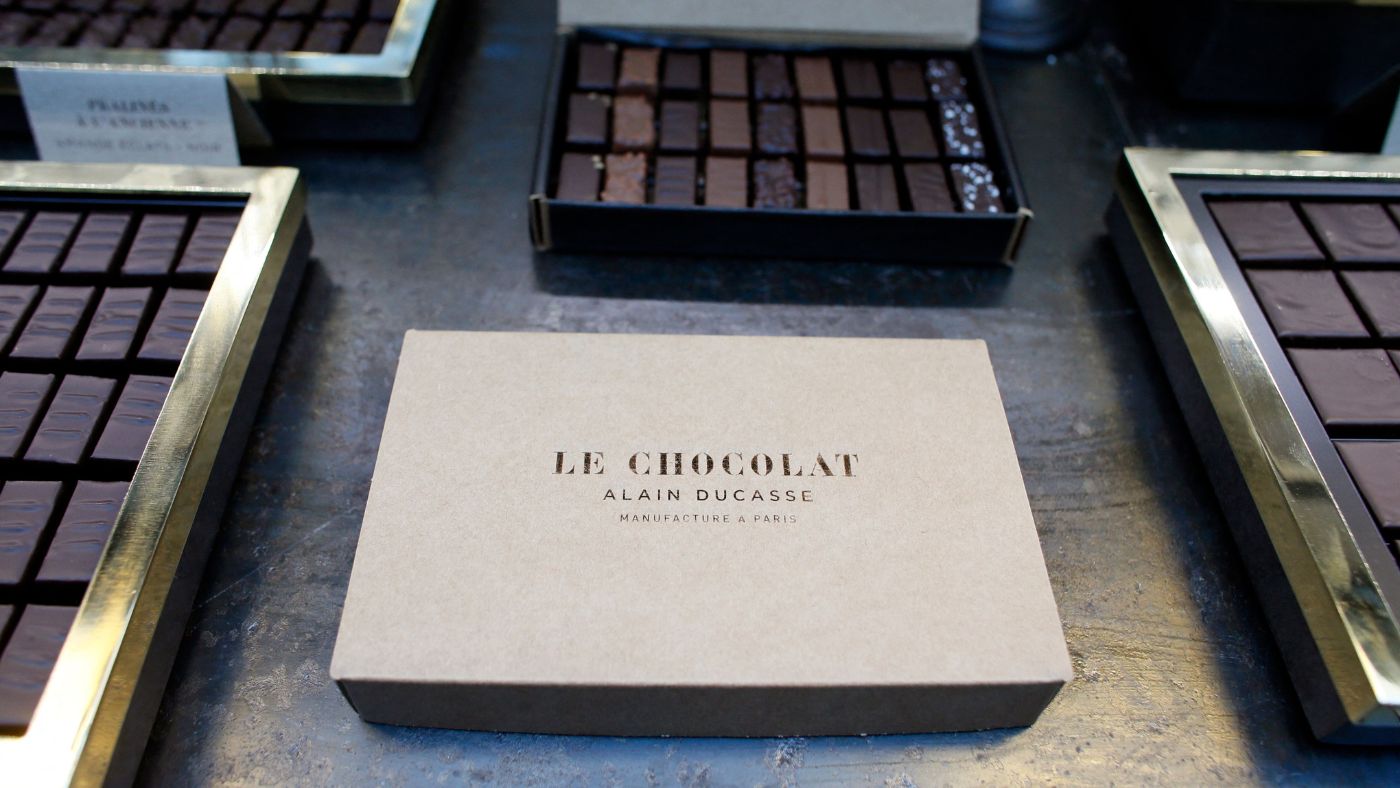 A tour of Alain Ducasse’s chocolate factory in Paris
A tour of Alain Ducasse’s chocolate factory in ParisUnder the Radar Star chef has spent a decade transforming chocolate – now it’s coffee, ice cream and biscuits